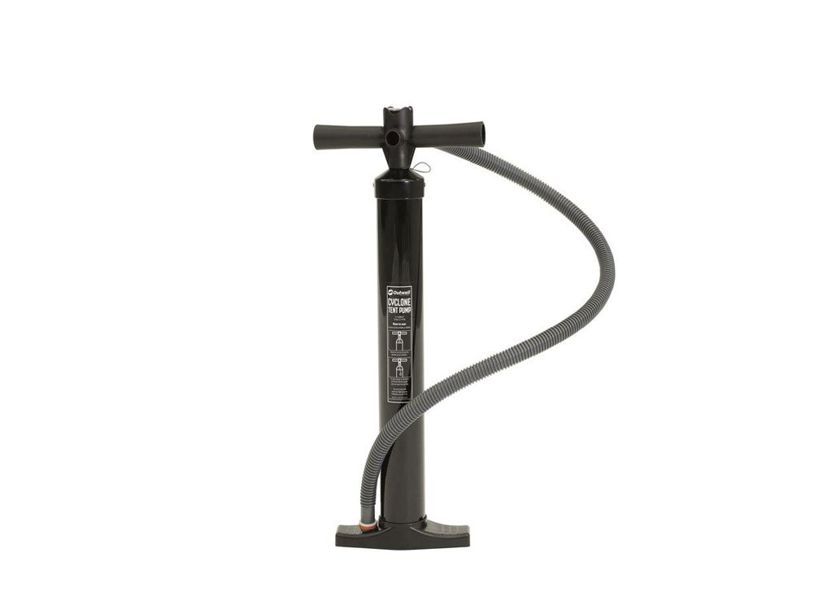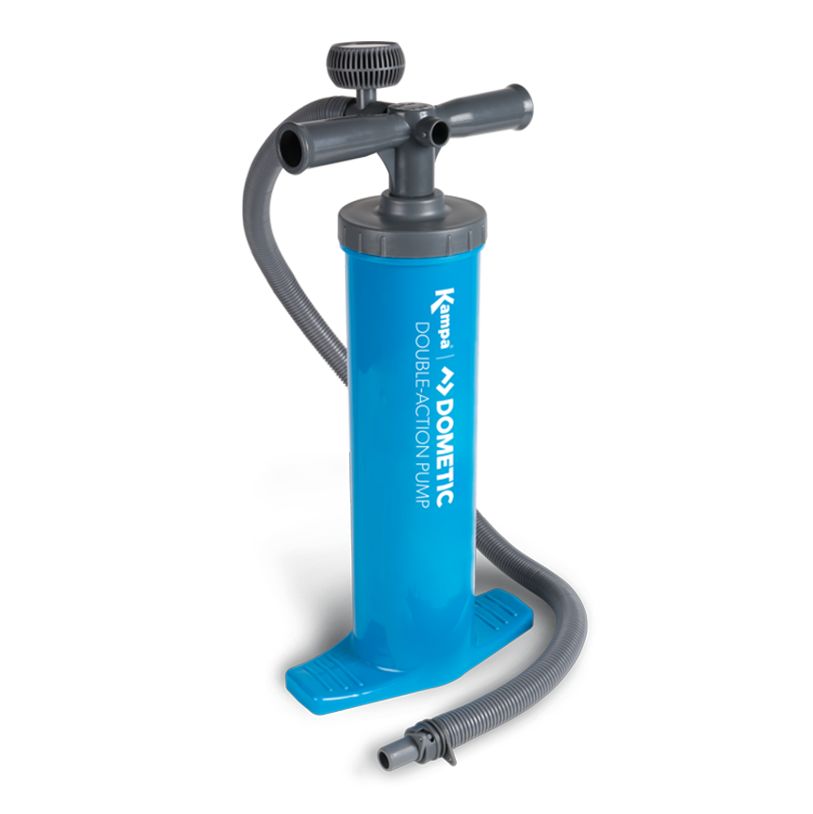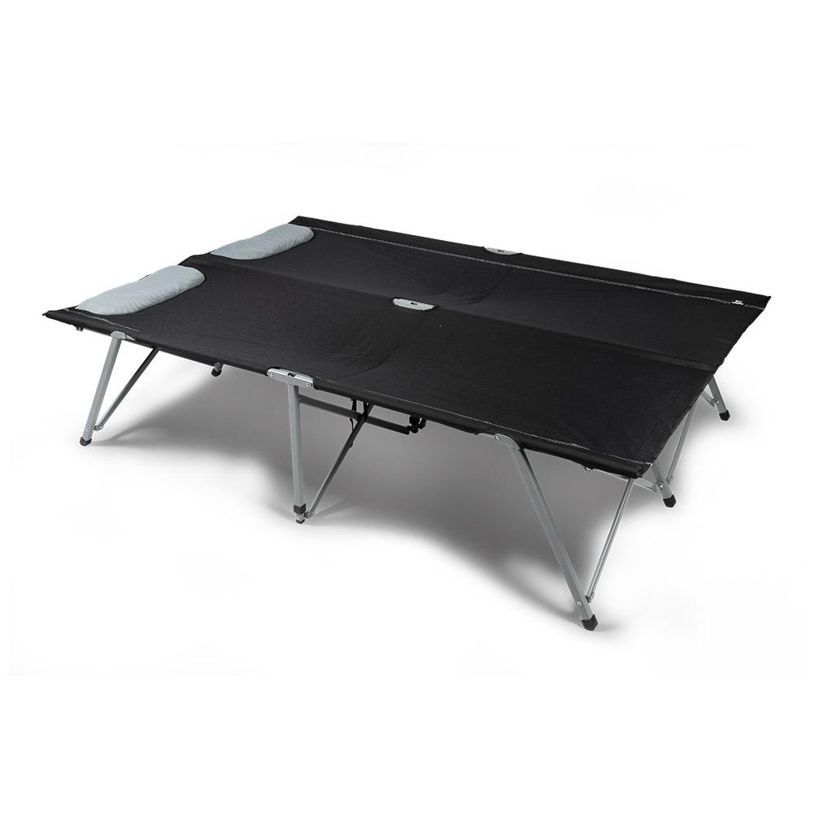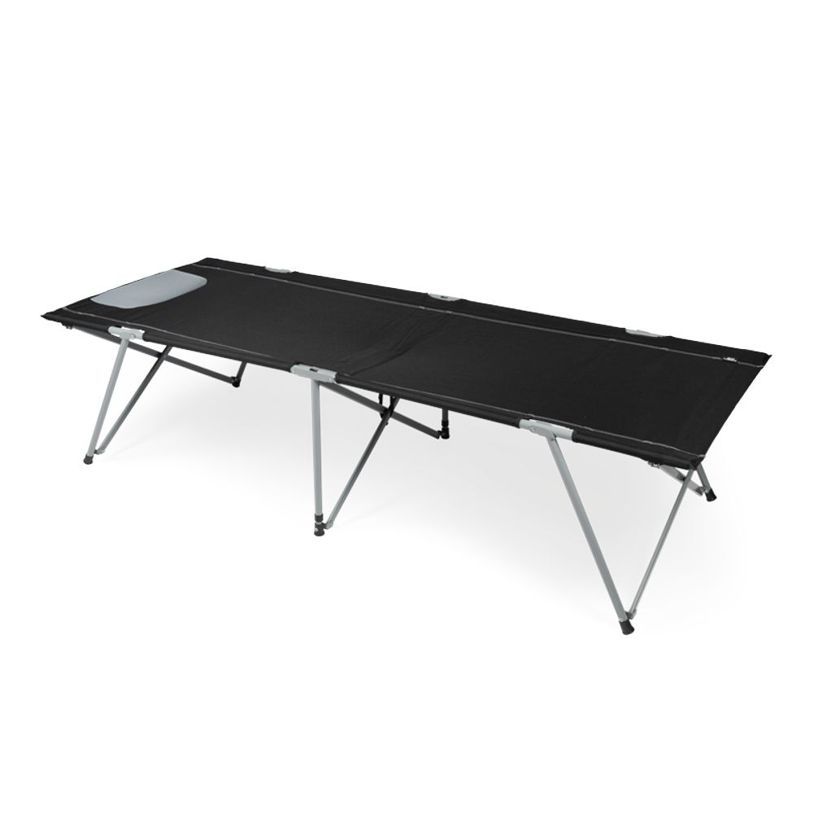Description
Outwell Woodcrest Driveaway Awning
Ideal for couples, small families and friends, the versatile Outwell Woodcrest poled vehicle awning is a great companion for touring holidays.
The striking freestanding dome design can be easily attached to the side or rear of campervans as well as smaller vehicles via adjustable front triangles of fabric.
Compact and lightweight, you’ll find its Aluflex System of pre-bent aluminium poles using clips means it’s fast and easy to pitch securely.
Extending your ventilation options, the insect-proof mesh windows have waterproof zip-up curtains.
With plenty of space to relax in comfort, you can roll away the front and rear doors or use them as canopies to enjoy chilling in the fresh air, connecting with nature.
Specifications
Type of tent: Drive-away campervan awning
Flysheet: Outtex® 3000 Select, 100% polyester
Hydrostatic Head: 3000 mm
Roof connection length: 153 cm
Attachment height: 175 - 200 cm
Bead thickness: 7 mm / 5 mm
Poles: Aluminium 6061-T6, 16 mm, anodised
Groundsheet: Double-coated waterproof polyethylene, 100% polyethylene
Colour: Green
Pack size: 71 x 31 x 31 cm
Weight: 11.6 kg
Awning Type: Drive-Away
Features
Large side mesh windows with waterproof curtains enhance ventilation
Large roll-away front and rear doors enhance Panorama view, access and ventilation
Vehicle tailgate can be opened inside the awning
Guyline or bead attachment to vehicle
Roll-away front triangular wall extensions provide access and protection options
Removeable bathtup style groundsheet
Pre-attached luminous guylines for convenience and fast pitching
HookTrack System for versatile positioning of lights and items up to 1.5kg
Heavy duty Outwell zips for enhanced performance
Fast and easy to attach and detach
UV Degradation:
Be aware that (UV) ultraviolet rays will damage your tent if you expose it to direct sunlight for longer periods of time.
Polyester Awnings & Tents regardless of quality of denier material are made for camping use which is normally 2-5 weeks usage a year.
They are not designed for permanent usage and should only be used as camping products.
Camping near the sea or lake can further enhance the effect of UV radiation.
The same applies to poles and metal parts
"UV light will cause the fabric to fade, lose strength, and eventually disintegrate. The amount of UV damage is directly related to the fabric's exposure to the sun and the altitude at which the tent is pitched.
If it is left pitched during the day, high-altitude exposure can damage a tent beyond use within a month."
What is UV Degradation?
UV degradation refers to the breaking down of fabrics and materials, when exposed to ultraviolet radiation, due to exposure to the sun. Long term exposure to sunlight, can cause fabric such as polyester to degrade, beginning to rip, tear and become very brittle.
Why Do Manufacturers not cover UV Degradation Under Warranty?
UV degradation is a sign the product has reached a natural end to it's lifetime. There are different fabrics, different thicknesses of fabric, and treatments to help protect against exposure to sunlight.
However, given time, the sun will do it's job in breaking down those materials, to the point where they become unstable.
If a polyester tent or awning has suffered UV degradation, chances are it has been used to the point where its lifetime is ending, or it has been permanently pitched.
Polyester Tents & Awnings are a temporary shelter, and they are not designed to be left long-term pitched, unless they are specifically designed for residential pitches, and use harder wearing fabrics such as 100% cottons, which can take exposure to UV light on a longer-term basis.
Polyester Tents & Awnings have it pretty rough. Their purpose is to keep you protected from the elements, so by definition, they’re exposed to nature’s fury. Season after season, your trusty tent or tarp is subjected to wind, rain, dust, snow, hail, animals, and (sometimes) careless users.
But for a shelter that has been treated well over the years, the thing that will eventually kill it is something you might not expect: the sun.
In addition to visible light, the sun emits a massive amount of ultraviolet (UV) radiation, which has a shorter wavelength than visible light and is present wherever there is sunlight.
While inorganic materials (like silicone and metal) are largely unaffected by UV radiation, organic compounds (i.e., anything containing carbon, not just your fancy kale) can be damaged by exposure to UV.
This includes all organic polymers, whether synthetic (like nylon and polyester) or naturally occurring (like cotton and wool).




















